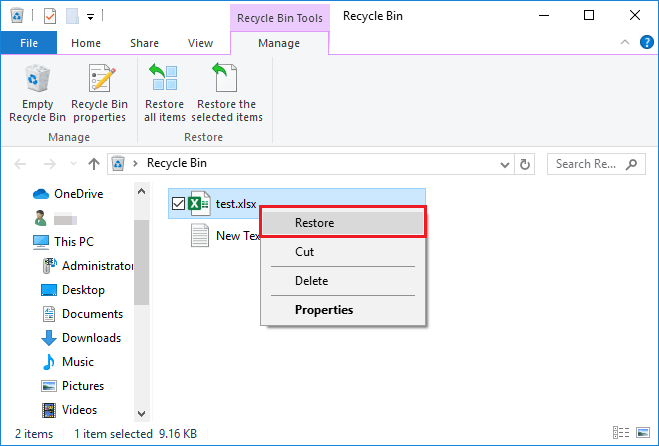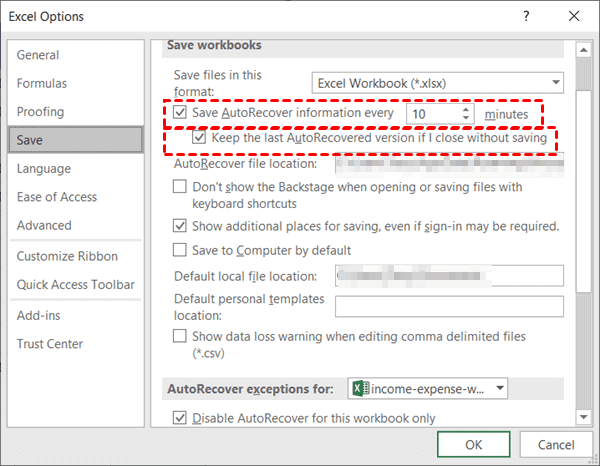5 Ways to Recover Deleted Excel Columns Post-Save

Losing important data in Excel can feel like a significant setback, especially when you've accidentally deleted columns and saved the changes. However, there are several methods you can use to recover deleted columns in Excel. Here's how you can do it:
Method 1: Undo Command

Your first line of defense when it comes to data recovery in Excel is the Undo command. Here's how it works:
- Immediately press Ctrl + Z if you haven't closed the Excel file.
- If you've used the Undo command too many times, you can use the Redo command (Ctrl + Y) to step back through your actions.
Method 2: Restore Previous Version

Excel's 'AutoRecover' feature can be a lifesaver when you've closed the workbook:
- Open the workbook and go to File > Info.
- Look for 'Manage Workbook' and click on Recover Unsaved Workbooks.
- If AutoRecover versions are available, you might find your file here.
🔍 Note: AutoRecover settings can be adjusted in File > Options > Save.
Method 3: Excel Recovery Software

When all built-in methods fail, third-party Excel recovery software might be your next step:
- Research and select reliable software like Disk Drill, Stellar Phoenix Excel Recovery, or SysTools Excel Recovery.
- Install and follow the software's instructions to scan your disk for recoverable Excel files.
- Select the file to recover and choose where to save the recovered data.
Method 4: Backup Copies

If you've been diligent about backing up your work, this can be your recovery lifeline:
- Check any backup folders where you might have stored copies of your Excel file.
- If you use cloud storage or services like OneDrive, Dropbox, or Google Drive, look for versions of your file saved there.
Method 5: Manual Search for Temporary Files

Windows and other operating systems often keep temporary files. Here's how to locate them:
- Navigate to %temp% by typing it into the Windows search bar.
- Look for files with the .tmp or .xls extensions.
- Use a text editor to open these files, searching for your lost data. If found, you can copy it back into your Excel file.
In your efforts to recover deleted Excel columns, it's worth considering a few precautions and best practices:
- Always have automatic backups enabled in Excel through AutoRecover.
- Save frequently and consider manual backups at critical points in your work.
- Be cautious when overwriting existing data or deleting columns.
By employing these methods, you stand a good chance of restoring your lost Excel data. Remember, the quicker you act after realizing the columns have been deleted, the better your chances are of recovering the data successfully. Each method has its own caveats, and what works in one situation might not work in another, so be prepared to try multiple approaches if necessary.
What should I do if my Excel file was saved and closed before I noticed the deleted columns?

+
If you didn’t notice the deleted columns until after saving and closing Excel, start by trying to use the ‘Recover Unsaved Workbooks’ feature. If this fails, look for a backup version or turn to Excel recovery software.
Can I recover deleted columns from an Excel file without using third-party software?

+
Yes, methods like ‘Undo’, restoring a previous version, or searching for backups or temporary files can work without external help. However, third-party software might increase your chances of recovery, especially in complex data loss scenarios.
What are some best practices to avoid data loss in Excel?

+
Regularly save your work, enable AutoRecover, create manual backups at key stages, and always double-check before deleting or overwriting data. Also, consider using versioning control if you’re working in a team.



